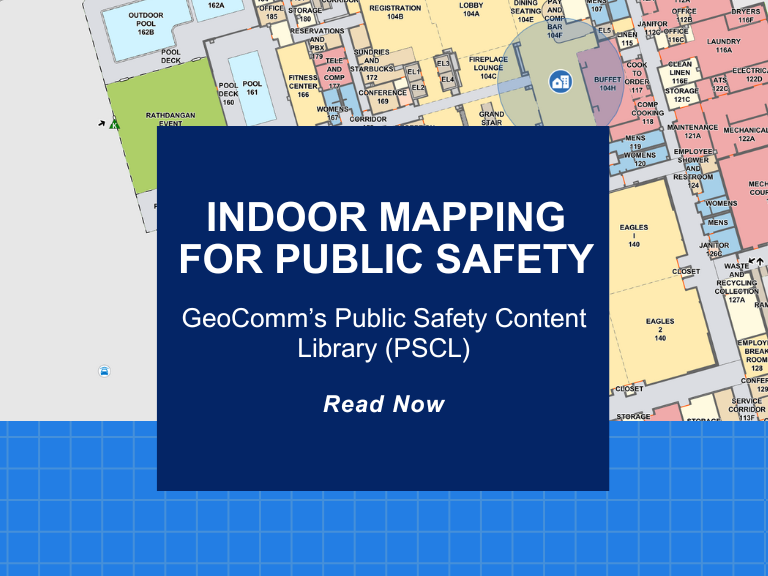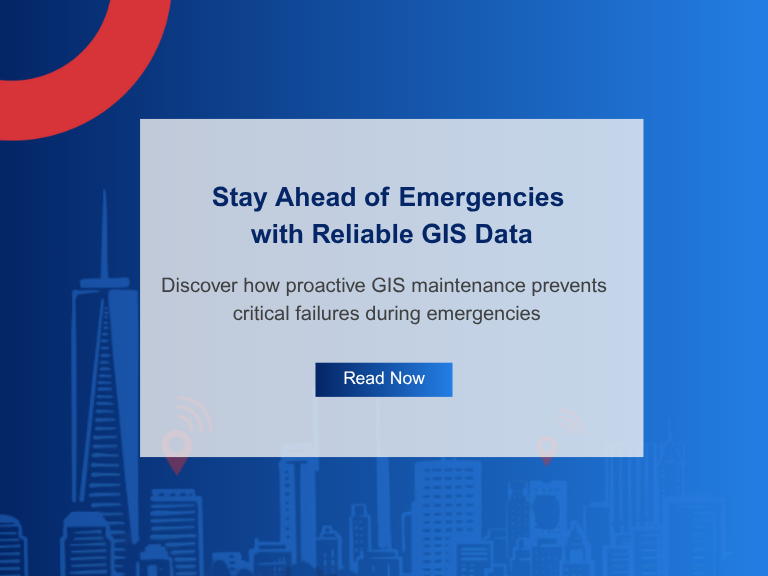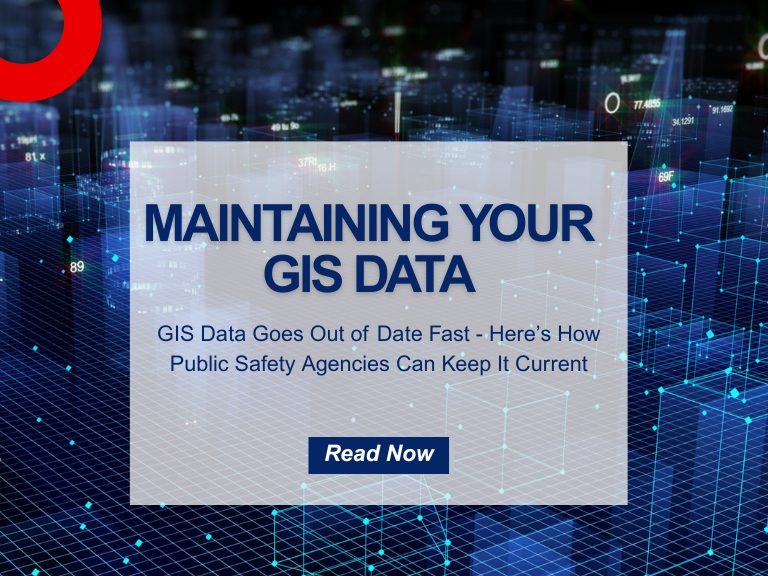Z-Axis Location Information – The Next Frontier of Public Safety Location Intelligence®
What is z-axis and how does it improve in public safety emergency response?
Many Emergency Communications Centers (ECCs) have started to notice that raw z-axis information is now available to them, but what should be done with that information and how can it be made actionable? This is a question many telecommunicators have been asking and one Tim Welle, GeoComm’s Product Manager for GeoComm Public Safety GIS Content, had the opportunity to present this fall at the RapidSOS Ready22 Conference. Tim also overviewed GeoComm’s partnership with RapidSOS — aimed at converting raw z-axis location information and making it actionable directly in RapidSOS Premium.
Due to recent FCC rules and regulatory enforcement actions, wireless carriers are now providing raw z-axis elevation information, when available, for 9-1-1 calls from cell phones. However, these measurements are delivered in a format that cannot be directly used by 9-1-1 telecommunicators, dispatchers, and emergency responders.
Many ECCs have started to notice the z-axis information is now being provided as raw Height Above Ellipsoid (HAE) measurements. HAE refers to the distance of a point from a model of the earth as a perfect ellipsoid. However, the earth surface that we live on has mountains, hills, and valleys. In order to make HAE actionable, we need to convert the raw data into height above terrain, which measures the height above the earth’s surface at the caller’s location.
GeoComm and RapidSOS have partnered to unlock this critical z-axis information
GeoComm knows that every second counts in public safety emergency response and has recently released GeoComm Vertical Location Services, which converts raw z-axis position measurements into actionable data. This actionable data includes building name, street address, height above the ground, and probably floor level. It also provides 3D visualization of the caller’s location inside a building.
GeoComm Vertical Location Services will be integrated directly into RapidSOS Premium, meaning that when a 9-1-1 call is received at an ECC, emergency call takers will be able to view this actionable z-axis location information directly in RapidSOS Premium
By utilizing this integration, emergency response personnel will be able to better interpret and understand this new location data to more efficiently and effectively identify, communicate, and navigate to 9-1-1 callers’ 3D location inside multistory buildings. Equipping first responders with this life-data results in reduced emergency response times that saves property and lives.
How do I get started?
Looking to learn more about how 9-1-1 can leverage RapidSOS Premium and z-axis information provided to ECCs? Register for the upcoming webinar The Importance of Z-axis and Indoor Mapping Data for Keeping Schools Safe with RapidSOS and GeoComm. During this session on 2/9/23, we’ll walk through the latest mapping technology available through RapidSOS premium and how it is transforming emergency fire response.


